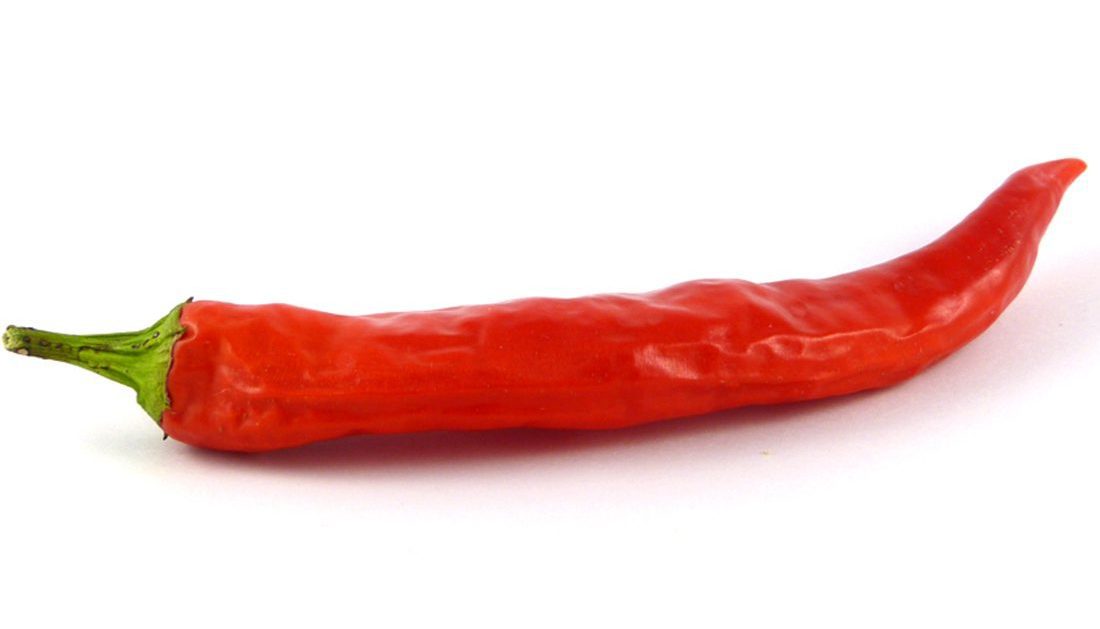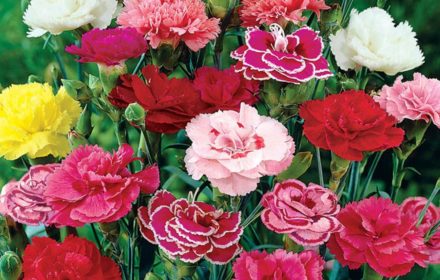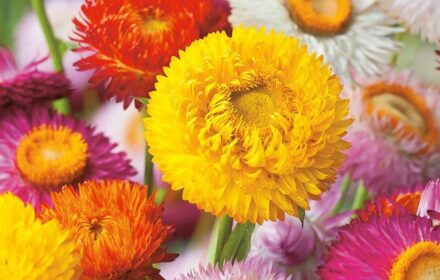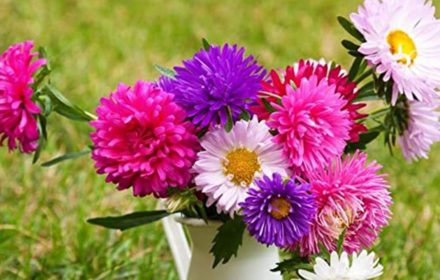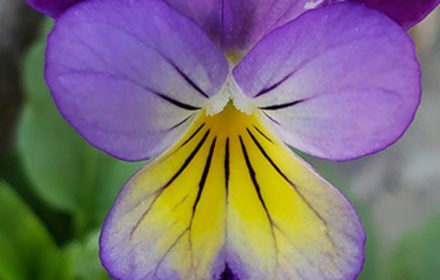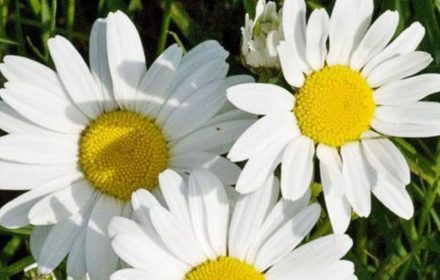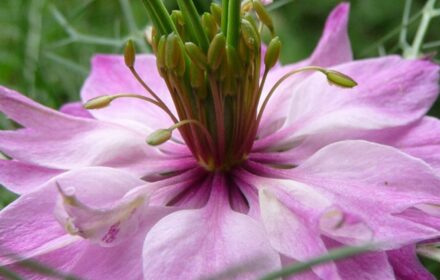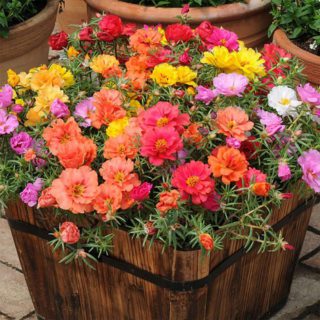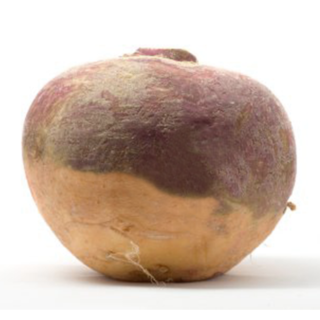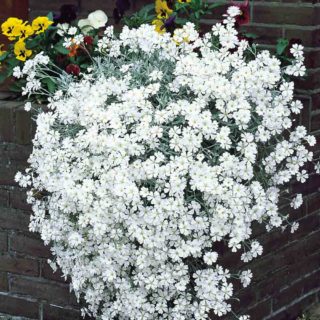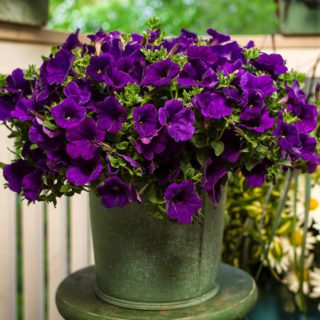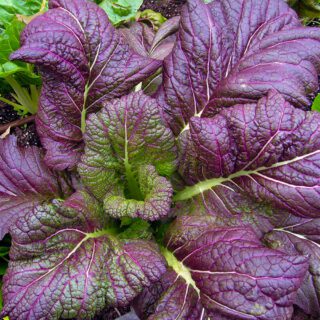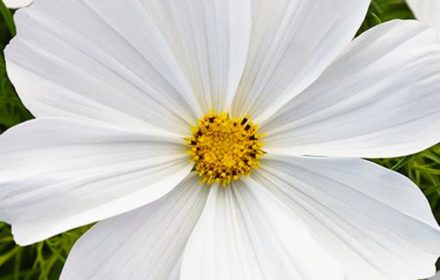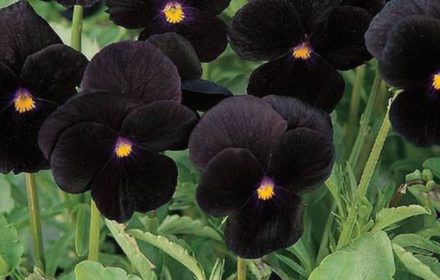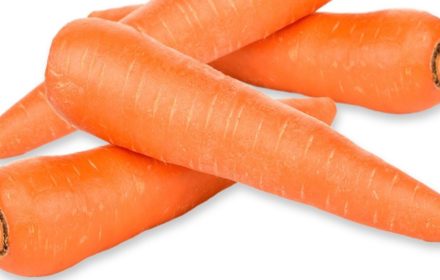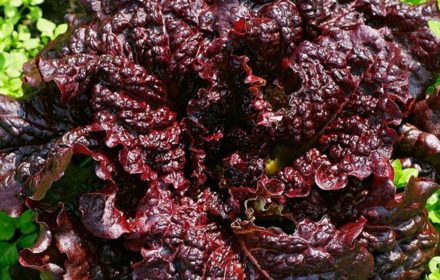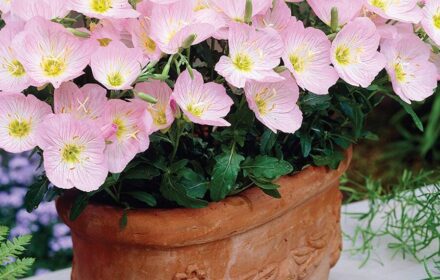How to Grow Giant Numex Sandia Peppers from Seeds
The Giant Numex Sandia Pepper is a versatile chilli variety known for its mild heat and robust flavour. The plants grow to a height of around 60-65 cm (24-26 inches), producing a continuous crop throughout the growing season. You can harvest the peppers early for a milder flavour or allow them to mature for a more intense heat. Widely used for pickling, drying, or roasting, these chillies are perfect for adding a subtle kick to your favourite dishes. With the right care, Giant Numex Sandia Peppers can be grown successfully indoors or outdoors in the UK climate.
When and Where to Sow Giant Numex Sandia Pepper Seeds
- Indoor Sowing: Start seeds indoors from late winter to early spring (February to April) to give your plants a head start. Peppers thrive in warmth and sunlight, so sowing indoors allows for better control over germination conditions. Use pots, containers, or seed trays placed in a sunny spot such as a windowsill, conservatory, or greenhouse.
- Outdoor Sowing: For outdoor sowing, wait until after the last frost has passed and the soil has warmed up (typically May in the UK). Peppers prefer warm, well-drained soil and need plenty of sunlight to thrive.
Ideal Growing Conditions for Giant Numex Sandia Peppers
- Soil Requirements: Peppers require well-drained, fertile soil. For indoor growing, use high-quality seed compost. If sowing outdoors, prepare the soil by loosening it to a depth of 20 cm (8 inches) and mixing in compost or well-rotted manure to boost fertility.
- Sunlight: Giant Numex Sandia Peppers need full sun to grow well. Place the plants in a location that receives at least 6-8 hours of direct sunlight daily.
- Temperature: Peppers are heat-loving plants. The ideal temperature for germination is around 21°C (70°F) or higher. Once germinated, the plants can tolerate slightly cooler conditions but still require warmth for optimal growth.
How to Sow Giant Numex Sandia Pepper Seeds Indoors
- Sowing in Pots or Trays: Fill seed trays or small pots with fine seed compost. Sow the pepper seeds at a depth of 6 mm (1/4 inch), covering them lightly with compost. Keep the compost moist but not waterlogged.
- Germination Conditions: Place the pots in a warm, sunny location or use a heated propagator to maintain a consistent temperature of 21°C (70°F). Peppers are slow to germinate, and it can take between 10 to 21 days for seedlings to appear.
- Watering: Water the compost gently to keep it moist, ensuring it doesn’t dry out during the germination period. Avoid overwatering, as excess moisture can cause seeds to rot.
- Transplanting Seedlings: Once the seedlings develop two pairs of true leaves, they can be transplanted into larger pots or directly into their final growing location. Be careful when handling the delicate root system, and plant the seedlings with their rootball about 12 mm (1/2 inch) below the surface.
How to Sow Giant Numex Sandia Pepper Seeds Outdoors
- Preparing the Soil: Choose a sunny, well-drained spot in your garden. Before sowing, prepare the soil by loosening it and mixing in organic matter such as compost or well-rotted manure.
- Sowing Depth and Spacing: Sow the seeds directly into the soil at a depth of 6 mm (1/4 inch). Space the seeds 45-60 cm (18-24 inches) apart, as the plants need room to grow and spread.
- Watering: Keep the soil consistently moist but not soggy during germination. If you’re sowing outdoors, ensure the ground remains warm and well-drained to promote healthy growth.
- Transplanting Outdoors: If starting indoors, transplant your seedlings outdoors after the last frost, once they are strong enough to handle and the soil temperature has warmed up.
Caring for Giant Numex Sandia Pepper Plants
- Watering: Keep the soil moist, especially during dry spells, but avoid waterlogging. Water the base of the plant rather than overhead to reduce the risk of fungal infections.
- Feeding: Once the plants are established, feed them with a tomato fertiliser every 2-3 weeks to promote healthy growth and improve fruit flavour. A balanced feed high in potassium will support fruit production.
- Supporting Plants: As the plants grow taller, they may require staking or support to prevent them from toppling over, especially when laden with fruit.
- Pruning: Remove any weak or damaged leaves to encourage airflow and reduce the risk of disease. Pruning also helps to direct the plant’s energy into producing more fruit.
Harvesting Giant Numex Sandia Peppers
- Harvesting Time: You can begin harvesting the peppers once they reach a mature size. For milder chillies, harvest them while they are still green. For a spicier flavour, allow the peppers to fully ripen and turn red.
- Continuous Harvesting: Harvesting regularly will encourage the plant to produce new fruit throughout the growing season. Use sharp scissors or garden snips to avoid damaging the plant when harvesting.
Using Giant Numex Sandia Peppers
- In the Kitchen: Giant Numex Sandia Peppers are versatile and can be used in a variety of ways. Their mild heat makes them ideal for roasting, grilling, pickling, or drying. They can also be chopped fresh into salads or salsas for added flavour.
- Preservation: If you have an abundant crop, you can preserve the chillies by drying, freezing, or pickling them to enjoy year-round.
Common Issues and Tips for Growing Giant Numex Sandia Peppers
- Pests: Keep an eye out for common pests such as aphids, whiteflies, and spider mites. Use organic pest control methods or introduce beneficial insects like ladybirds to help manage infestations.
- Temperature Sensitivity: Peppers are sensitive to cold weather, so make sure they are protected from late frosts. If you’re growing outdoors in the UK, consider using cloches or fleece to provide warmth during cooler spells.
- Overwatering: Avoid overwatering, as peppers dislike soggy soil. Ensure your pots or garden beds have good drainage to prevent root rot.
Common Questions About Growing Giant Numex Sandia Peppers
- How long does it take for Giant Numex Sandia Peppers to mature? Peppers typically mature 115 days after planting, depending on growing conditions. The first chillies can be harvested while green or allowed to ripen for a spicier flavour.
- Can Giant Numex Sandia Peppers be grown in containers? Yes, these peppers grow well in containers. Ensure the pot is large enough and has good drainage, and place it in a location that receives plenty of sunlight.
- What’s the difference between green and red Sandia peppers? Green Sandia peppers are harvested early and have a milder taste, while red Sandia peppers are left to ripen on the plant, resulting in a hotter and spicier flavour.
By following these steps, you can successfully grow Giant Numex Sandia Peppers in your garden or home. Whether you enjoy them fresh, roasted, or dried, these versatile peppers will provide a continuous supply of flavourful fruits throughout the growing season.

